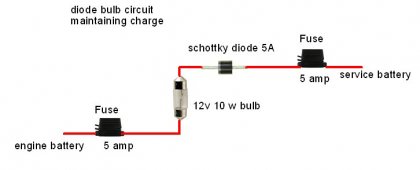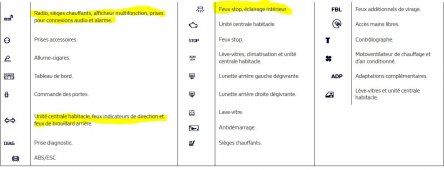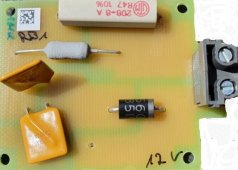Hi guys,
On my self-converted RV (renault master 3), I have some issues with the engine battery. While I am parked, there is a too high consumption of the electronic equipments. Therefore, after few days opening the doors without driving, my engine battery is empty ... (I have already spend several weeks looking where this issue is coming from, according to the manufacturer, everything is normal, it is just that this renault master is not made to be a van).
As I have 430 W of solar panel with a 280 Ah LifePo4 battery, I would like to use some of my solar energy to sometimes charge the battery of my vehicle to avoid discharge.
Is there any equipment that would do that ? I mean, that would switch the charge between lithium battery and vehicle battery depending of the charge.
After some researchs, I would say that as my two batteries are made of two different technologies it could be a problem..
I am looking for the cheapest and easiest way to do that.
I hope you could help me with that !
Thanks!
On my self-converted RV (renault master 3), I have some issues with the engine battery. While I am parked, there is a too high consumption of the electronic equipments. Therefore, after few days opening the doors without driving, my engine battery is empty ... (I have already spend several weeks looking where this issue is coming from, according to the manufacturer, everything is normal, it is just that this renault master is not made to be a van).
As I have 430 W of solar panel with a 280 Ah LifePo4 battery, I would like to use some of my solar energy to sometimes charge the battery of my vehicle to avoid discharge.
Is there any equipment that would do that ? I mean, that would switch the charge between lithium battery and vehicle battery depending of the charge.
After some researchs, I would say that as my two batteries are made of two different technologies it could be a problem..
I am looking for the cheapest and easiest way to do that.
I hope you could help me with that !
Thanks!





